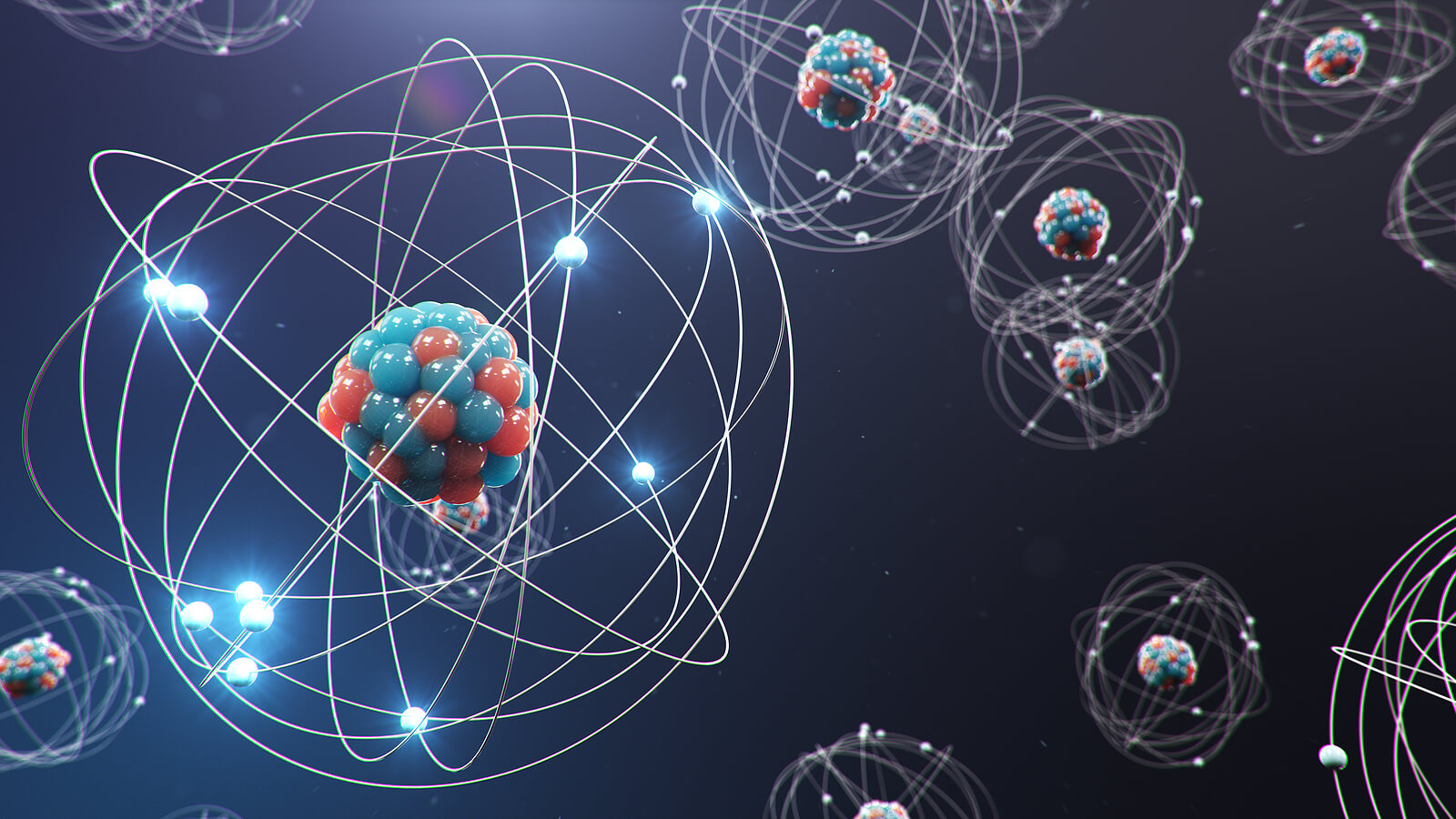You’ve heard of wind, solar, and hydroelectric renewable energy – but what about fusion? Nuclear fusion energy is the latest advancement in the clean energy sector.
What may sound like a faraway science project could soon become an everyday reality, as we look for more effective ways to reduce our reliance on fossil fuels and tackle climate change. The power source has even been pushed more recently into the limelight by COP26, the United Nations Climate Change Conference.
What is nuclear fusion energy?
The Sun and other stars are all powered by a reaction called nuclear fusion. The process is complex and difficult to replicate, but essentially involves two light atomic nuclei combining to form a single heavier one while also releasing vast amounts of energy.
Research into nuclear fusion energy first started in the mid-20th Century, initially beginning as an inquiry into how stars powered themselves. However, the first focus was on harnessing the power for weapons and rockets, only recently expanding into energy harnessing.
The nuclear fusion reaction takes place in a plasma state of matter. Plasma is a hot, charged gas formed of positive ions and free-moving electrons, giving it unique properties that drift between solid, liquid, and gases.
When taking place on the Sun, the nuclei collide with each other at incredibly high temperatures, upwards of 100 million degrees Celsius. A confined space is also necessary – the nuclei are naturally repellent from one another, so a small area increases the chances of the nuclei overcoming this response and fusing with each other instead.
How much energy does nuclear fusion produce?
Nuclear fusion can create a huge amount of energy – it powers the Sun, after all.
Experts suggest that just a few grams of the reactants – namely deuterium and tritium, both types of hydrogen – can produce a terajoule of energy. This is roughly the amount of energy one person in a developed country needs to last sixty years.
Is nuclear energy renewable?

Nuclear fusion energy is one of the most powerful renewable energy sources. After the initial fusion, the energy generated can be used to power further reactions and so on, creating a virtually limitless supply.
The process uses hydrogen isotopes, an element that occurs naturally on earth in combination with other elements, of which there is ample supply.
Deuterium can be extracted from seawater, while tritium can be produced from naturally abundant lithium. Research suggests that current deuterium reserves could last us around 150 billion years – around 30 times the remaining lifespan of the Sun.
How could fusion power help climate change?
Nuclear fusion energy is a preferred alternative renewable energy source as it does not emit any other carbon dioxide or other greenhouse gases.
Unlike nuclear fission energy, which uses the nonrenewable material of uranium to generate reactions, nuclear fusion energy is entirely renewable and uses easily attainable materials.
There is also no radioactive waste and nuclear fusion reactors can be built anywhere, minimising the impact on vulnerable parts of the planet. A meltdown at a fusion reactor is also unlikely.
What are the challenges of nuclear fusion energy?
Harnessing such powerful energy comes with its challenges.
The conditions needed for nuclear fusion to take place are extreme and specific, difficult to replicate here on earth.
The fuel needs to be heated to extremely high temperatures, intense pressures, and for a longer period of time, similar to the conditions seen on the Sun. There are also concerns that the neutrons released during the reaction will, over time, wear down the reaction chambers.
Current reactor chambers are also far too large and expensive to realistically generate electricity for everyday consumers.
How close are we to nuclear fusion energy?
Recent advancements in the nuclear fusion sector have seen the possibility of harnessing this energy increase drastically. Scientists have made huge improvements to current methods of obtaining the power source, and have been successfully able to replicate the challenging conditions needed for a reaction to take place.
New reactors have been developed that seemingly produce more energy than they consume, paving the way for truly clean energy to help tackle the climate crisis.
Huge amounts of funding are being put aside by countries across the world to help construct more effective nuclear fusion reactors.
In France, an International Thermonuclear Experimental Reactor (ITER) is being built, costing governments all over the globe a total of £15.9bn. When completed, it will be the world’s largest fusion reactor and a viable energy source for many.
Other types of reactors are also being trialed. In California, one chamber uses lasers to heat the hydrogen to the extreme temperatures needed. In August 2021, it generated a record-breaking 1.35 megajoules of energy.
Elsewhere, high pressure, superconducting magnets are being studied for effectiveness in nuclear fusion energy. These magnets create intense magnetic fields and don’t lose energy as they heat up.
Fusion energy at COP26
For the very first time in 2021, nuclear fusion was deliberated by the UN and included in their dialogue at the COP26 Climate Summit in Glasgow.
Scientists and engineers addressed world leaders on the final day of the conference, calling for greater investment into the clean energy source to help address the climate crisis.
They hope it will prompt more public and private investment into nuclear fusion energy, helping to drive forward further advancements into the field and push us closer to worldwide zero-carbon energy.
